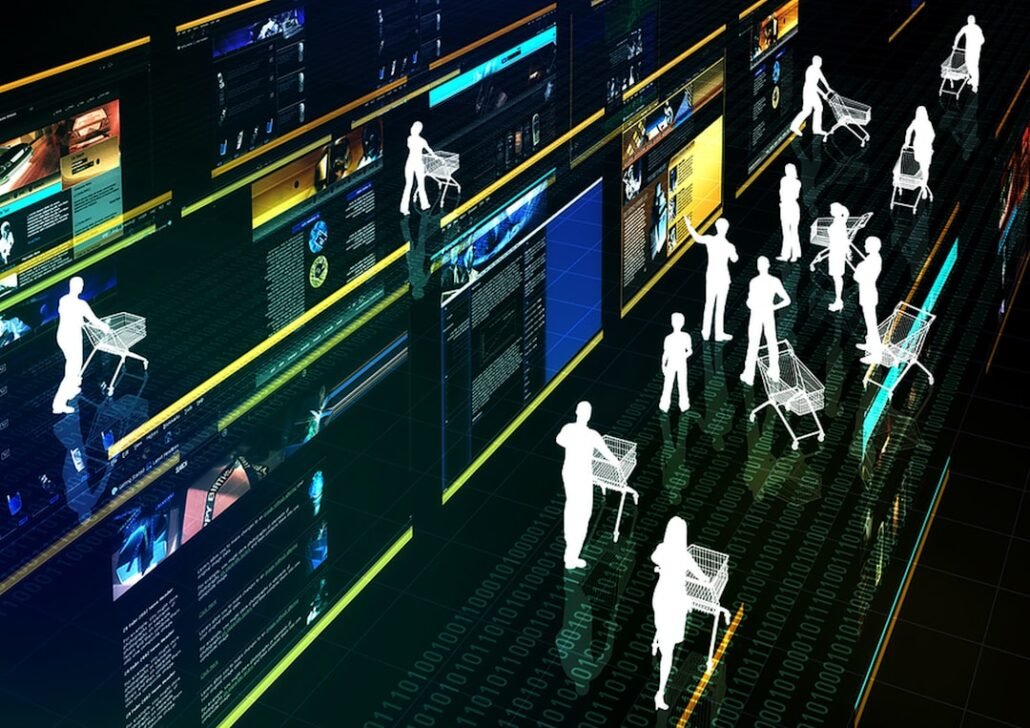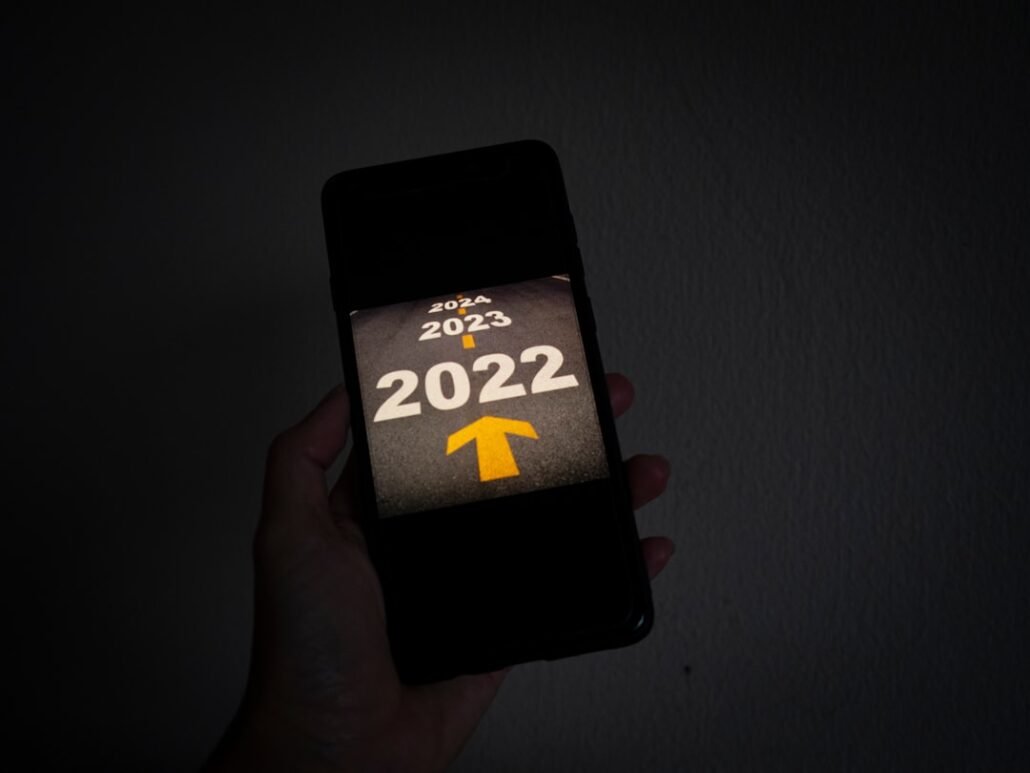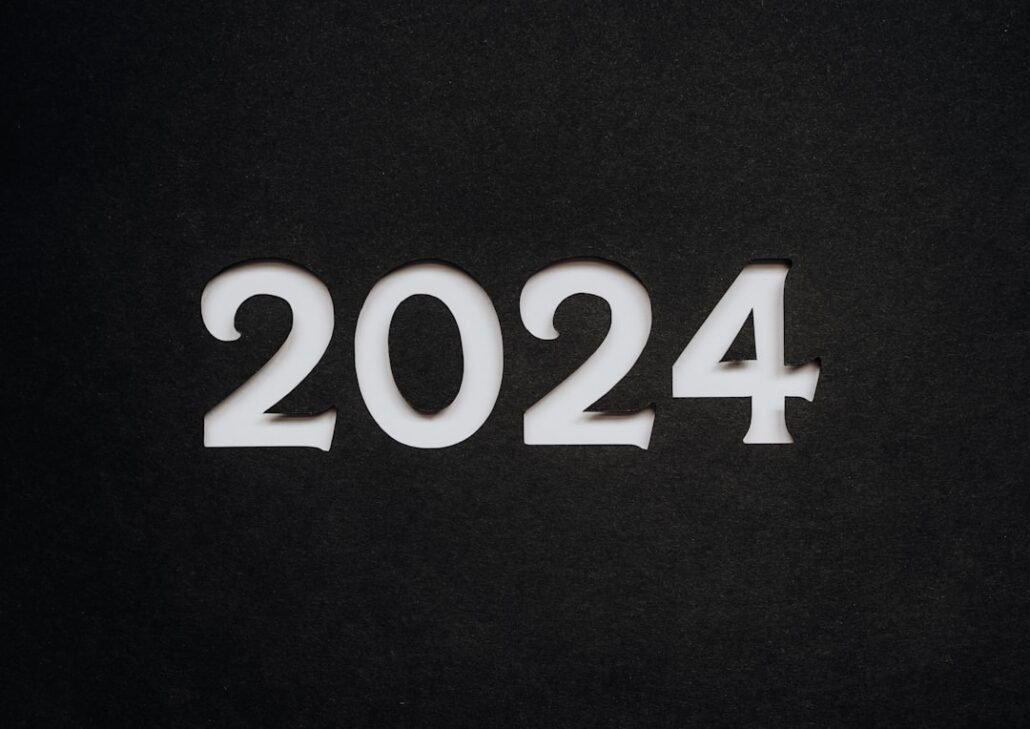Decoding the Cinematic Experience: A Deep Dive into the Art of Modern Moviemaking
Movies. We love them. We crave them. We dissect them. But how much do we really understand about the complex process that brings these stories to life on the big (or small) screen? This isn’t about reviewing a specific film; instead, let’s explore the multifaceted technological and artistic landscape of modern moviemaking in 2025. From pre-production planning to post-production polish, we’ll unravel the key elements that contribute to the cinematic experience we know and love.
The Pre-Production Phase: Laying the Foundation
Before a single frame is shot, an immense amount of work goes into planning and preparation. This pre-production phase involves everything from developing the initial script and securing funding to casting actors, designing sets, and creating storyboards. The script, often revised countless times, serves as the blueprint, guiding every subsequent stage. Storyboarding, a visual representation of the film’s scenes, helps the director visualize the shots and pacing. Location scouting plays a vital role, with teams identifying suitable settings that align with the story’s aesthetic and narrative. Crucially, this phase also involves securing the necessary technology and personnel – from cameras and lighting equipment to skilled editors and VFX artists. The meticulous planning during pre-production significantly impacts the efficiency and overall quality of the final product.
The Power of Visual Storytelling: Cinematography and Lighting
Cinematography is the art of visual storytelling. The cinematographer, working closely with the director, is responsible for the visual language of the film. This includes choosing the camera angles, framing, and movement, all of which contribute to the mood, pacing, and emotional impact of each scene. Lighting is equally crucial; it sets the atmosphere, highlights key elements, and helps shape the narrative. Modern filmmaking leverages a wide range of lighting techniques, from natural light to sophisticated artificial lighting systems, often employing LED technology for its energy efficiency and color accuracy. The interplay between cinematography and lighting is fundamental to a film’s success.
Post-Production Magic: Editing, VFX, and Sound Design
Post-production transforms raw footage into a polished cinematic experience. Editing is the backbone of this process, where the editor assembles the shots, sequences, and scenes, shaping the narrative flow and pacing. This often involves cutting, rearranging, and adding transitions to create a cohesive and engaging story. Visual effects (VFX) are increasingly integral to modern filmmaking, enhancing realism, creating fantastical elements, and adding a layer of visual spectacle. From subtle digital enhancements to complex CGI creations, VFX artists play a crucial role in bringing the director’s vision to life. Finally, sound design is essential, creating an immersive soundscape that complements the visuals and enhances the emotional impact of the film. This includes dialogue recording, sound effects, and music scoring, all meticulously crafted to enhance the overall cinematic experience.
Distribution and the Modern Audience: Reaching the Screens
Once post-production is complete, the film is ready for distribution. The method of distribution has evolved dramatically in recent years, with streaming platforms now competing alongside traditional theatrical releases. The choice of distribution strategy significantly impacts the film’s reach and audience engagement. Marketing and promotion play a crucial role in generating interest and driving ticket sales or streaming viewership. The evolution of distribution methods reflects the changing landscape of media consumption, with audiences increasingly accessing films on demand through various digital platforms.
The Future of Moviemaking: Emerging Technologies
The film industry is constantly evolving, driven by technological advancements. Virtual production, utilizing real-time rendering and virtual sets, is gaining traction, offering greater creative freedom and efficiency. Artificial intelligence (AI) is also making its mark, assisting with tasks such as editing, visual effects, and even scriptwriting. High dynamic range (HDR) and immersive technologies like virtual reality (VR) and augmented reality (AR) are enhancing the viewing experience, pushing the boundaries of cinematic storytelling. As technology continues to advance, we can expect even more innovative and immersive cinematic experiences in the years to come.
Pros & Cons of Modern Moviemaking
Pros:
Advanced technology allows for greater creative freedom and realism.
Wider distribution channels reach a broader audience.
Collaboration tools improve efficiency and communication.
Cons:
High production costs can limit accessibility for independent filmmakers.
Over-reliance on CGI can sometimes detract from the authenticity of the storytelling.
The sheer volume of content can make it challenging for films to stand out.
Verdict
Modern moviemaking is a dynamic and ever-evolving art form. The combination of artistic vision and technological innovation continues to push the boundaries of storytelling, providing audiences with increasingly immersive and engaging cinematic experiences. While challenges remain, the future of filmmaking looks bright, promising exciting innovations and creative possibilities.






